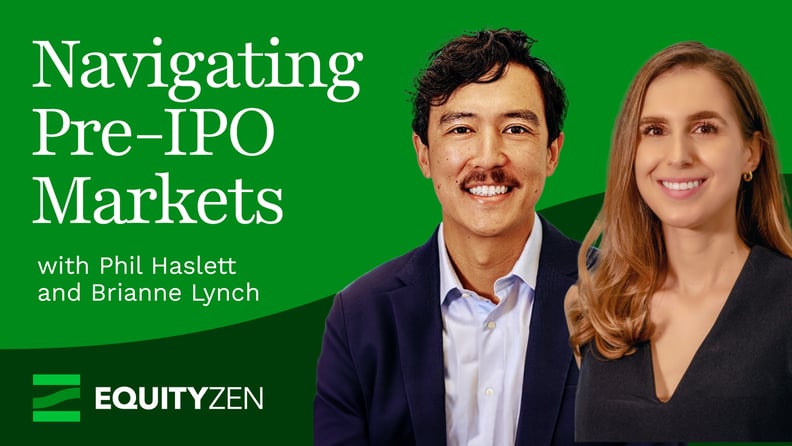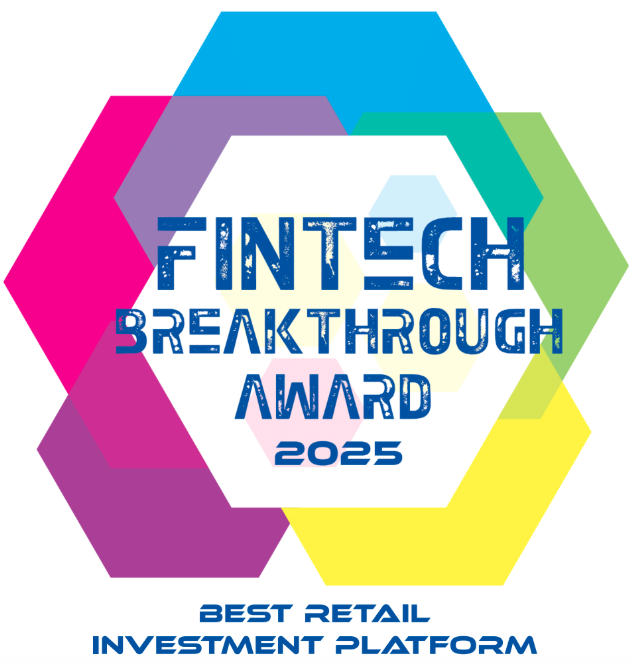The IPO market’s “out of office” message stayed on through the end 2022, closing out one of the quietest years for the IPO market in decades. We saw IPO proceeds fall 94% versus 2021, reaching levels not seen since 19911. Market volatility, rising rates, inflation and geopolitical uncertainty drove the NASDAQ down 34%, giving private companies little reason to make a public market debut. Yet despite the market turmoil, venture capital firms raised a record $162.6 billion during the year, beating even 2021 fundraising levels2. It is estimated that venture capital firms are sitting on $290 billion3 in dry powder, $162 billion of which is earmarked for new investments. Surely this will rev up the venture funding engine, right? Not, necessarily.
Venture capital and growth equity firms are eager to deploy the billions of dollars they’ve raised from limited partners and are knocking on the doors of private companies to do so. Given the state of the market, these investors are offering companies deals with structure or at valuation discounts not seen in recent years. Structured deals often contain both equity and debt components, more restrictive terms, and investor preferences. These preferences can include liquidation preferences, conversion discounts and other means of guaranteeing a minimum return. Investors, perhaps having been burned by the exuberance with which they invested in 2021, are not looking to repeat the same mistakes. At the very least, investors are looking for a better deal.
Private companies who are running low on cash may have no choice but to accept a structured or discounted deal to raise capital. This isn’t the case for growing, cash-flow positive companies. They have no need to raise additional capital at unfavorable terms and have the freedom to continue growing in the private market until the market is ripe for an IPO. With many of the most sought after private companies declining to raise additional capital, institutional investors face a dilemma. Given this unique market dynamic, venture investors are turning to the secondary market to invest in private companies.
Today, private market secondaries are on the rise with a growing number of late stage growth and venture firms tapping the secondary market to invest in private companies. With public market comps trading down 50-60%, venture investors have little appetite to invest at the exuberant multiples that private companies garnered in 2021. They are looking for discounts. In the secondary market there are ample deals to be found with the average secondary transaction happening at a 38% discount to the last round of primary funding4. Coupled with the fact that strong private companies do not need to raise capital, the secondary market has become the avenue to deploy capital into late stage private companies. There is simply no better avenue to invest in the best private companies at an attractive valuation.
This is a dynamic that benefits all market participants -- shareholders, investors and private companies. Early shareholders, both employees and investors in private companies, may have liquidity needs given the lack of public market exits or a desire to diversify their holdings. A seed stage fund, for example, may need to sell positions to recycle capital into new investments or return capital to limited partners. For emerging managers, this is all the more important as they seek to establish a track record for future fundraising. Selling via the secondary market, allows for this liquidity at a time when traditional exit paths remain unavailable.
Private companies also acknowledge the growing value of secondaries. At EquityZen we have had more conversations than ever with private companies looking for liquidity solutions. Their employees who may have been promised an IPO in 2022 have cash needs that require liquidity. Allowing secondary liquidity via EquityZen can help these companies retain and compensate talent without the cost, work and 409A impact that comes with organizing a formal tender program. With institutional investors more frequently acting as secondary buyers, these companies may also gain strategic investors without having to accept unfavorable terms.
This symbiotic dynamic justifies and amplifies the unique value of the private secondary market. It is a market that allows all counterparts to win by providing liquidity for shareholders, access for investors, and valuation preservation and employee retention for private companies. There is simply no comparable in the public market. EquityZen’s marketplace, with the lowest investor minimums, allows both individual shareholders and investors to participate alongside the institutions who are leading the way within the private markets.
We at EquityZen expect to see continued growth of the secondary market throughout 2023 and remain committed to being a marketplace focused on driving value for all constituents.
Sources:
- EY, December 14, 2022
- Barrons, January 11, 2023
- The Information, September 20, 2022
- EquityZen Data, as of December 2022








